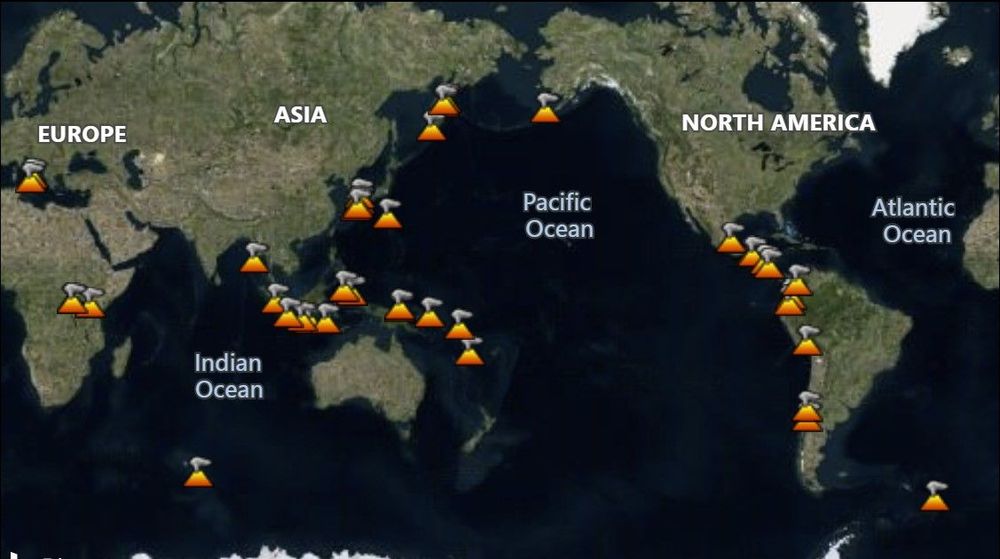Have a good day group 😅.
On Thursday, Donald Trump raised a few eyebrows as he spoke at the White House daily briefing on the coronavirus. Like us previously He reportedly suggested using UV lights or injecting disinfectants into a person affected by the virus.
Oddly enough, Trump’s suggestion not only sparked a conversation, as many people ignored him, but also prompted RB, the makers of Lysol and Dettol, to release a statement to assure everyone that their products are NOT for internal use, despite Trump’s suggestion.
On Friday, the company released the statement in its official website and said: “As a world leader in health and hygiene products, we must be clear that under no circumstances should our disinfectant products be administered to the human body (by injection, ingestion, or any other route). As with all products, our disinfectant products and hygiene should only be used as intended and in accordance with usage guidelines. Read label and safety information. We have a responsibility to provide consumers with access to accurate and up-to-date information as advised by leading health experts public ”.








